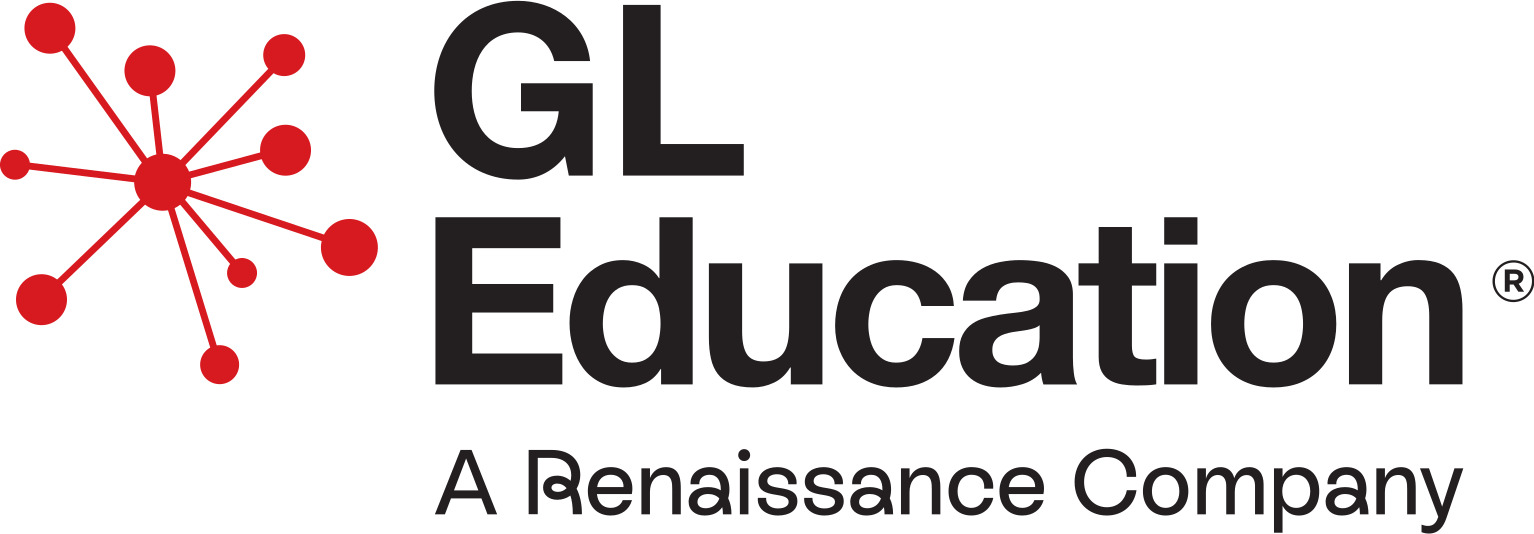Scoring and reporting
The WellComm Group Profile Sheet
It is strongly advised that a record is kept of the scores generated by the Screening Tool. This can be done by using the ‘Group Profile Sheet’ included in The Little Book of Score Sheets and Rules, which can record results for up to 30 children. List each child’s name in the left-hand column and then mark the section on which each child achieved a ‘Green’ score (1–9).
The WellComm Report Wizard
By uploading the results of the Screening Tool to a secure website, the Report Wizard allows the progress of both individuals and groups of children to be monitored, and automatically generates the following:
Individual reports
- Suitable for use by settings using WellComm with individual children only
- Generates a profile of a child’s current language skills
- Provides a list of teaching targets (based on items the child did not achieve) from which the user is directed to relevant activities from The Big Book of Ideas
Group reports
- Provides analysis of all the pupils’ scores within a particular group as defined by the user (gender, EAL, free school meals, class setting).
- Presents further categorisation of these results by age, gender, ethnicity, special educational needs (SEND) and EAL.
- Records progress over defined periods (e.g., year-on-year) to help settings monitor the impact of any interventions introduced.
Cluster or cross-setting reports
It is important for any large organisation or local authority to possess a comprehensive picture of children’s speech and language skills across all settings and at all ages. This can help with strategic planning. Every cluster or cross-setting report presents:
- The total number of settings and children within the WellComm scheme.
- The total number of children achieving a Red, Amber or Green score.
- Further categorisation of this data to show results by age, gender, ethnicity, setting, special educational needs and English as an additional language.
- The results of each individual setting (so that comparisons can be made).
The WellComm Report Wizard also helps large groups of settings monitor progress over certain period of times (e.g., year-on-year) by highlighting the percentage of children moving from Red to Amber and Amber to Green, etc. These comparisons are vital for monitoring the impact of any interventions introduced and providing evidence of progress made, both by individual children and within different settings.

